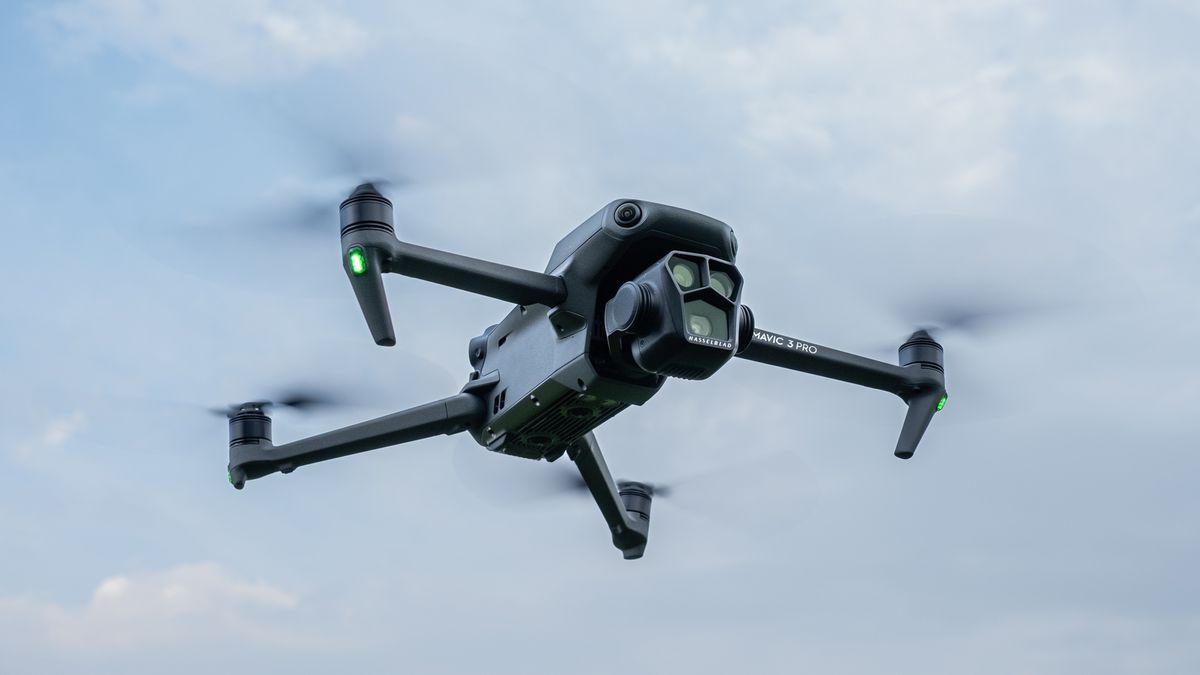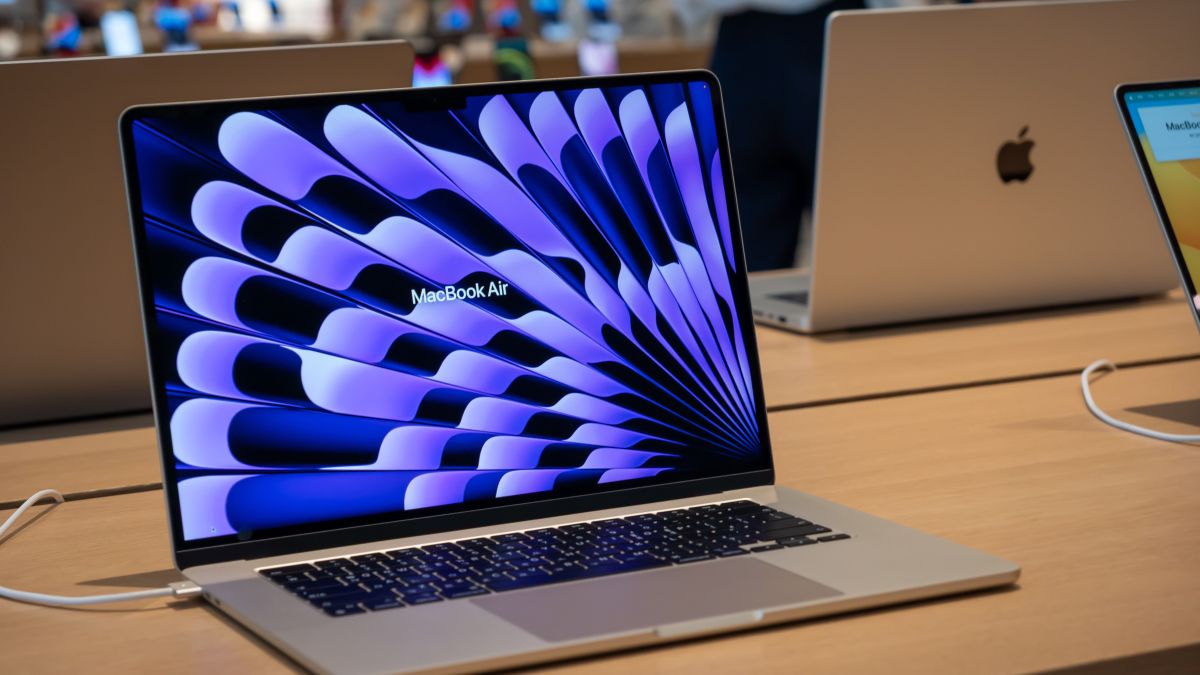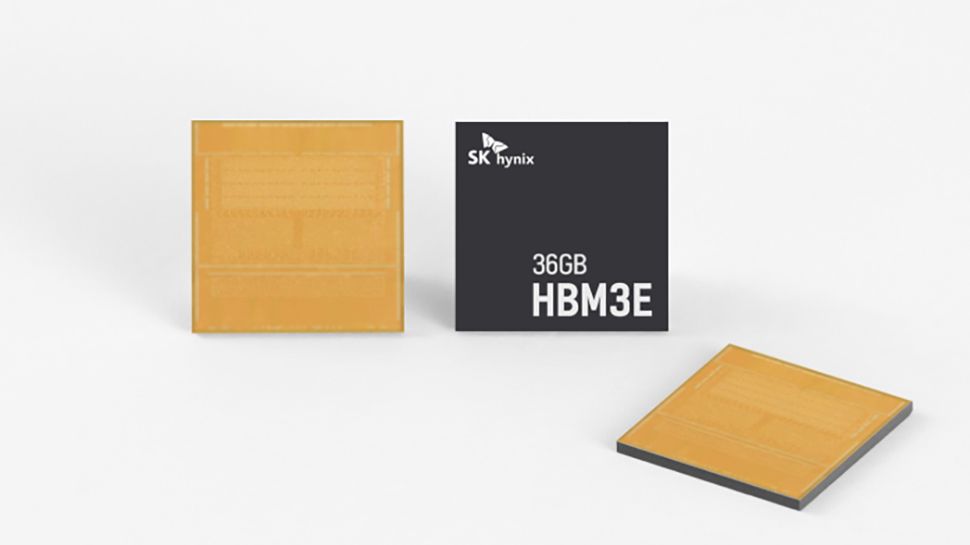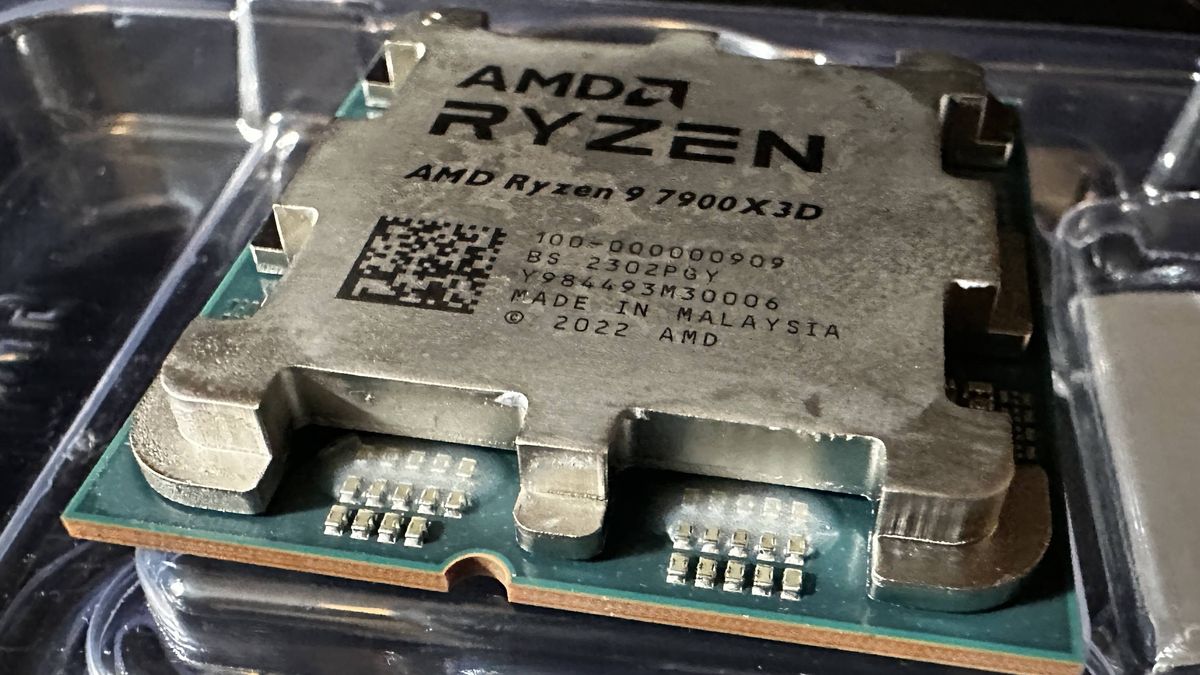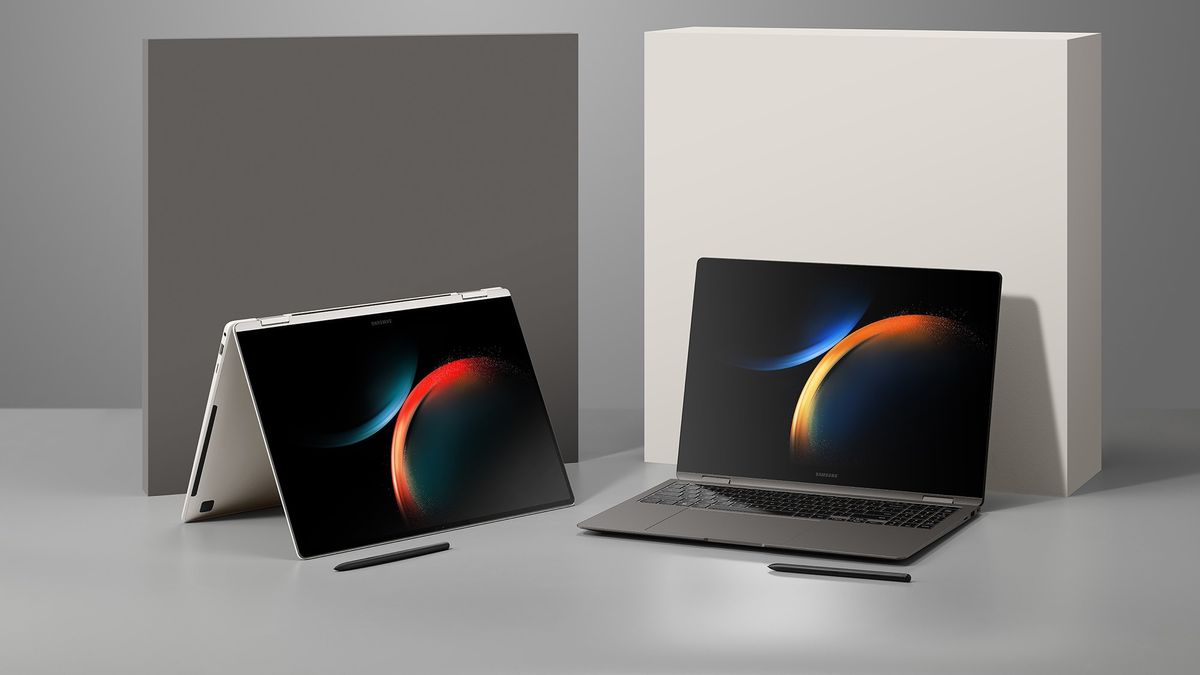In the world of drones, time does not stand still for long, especially since market leader DJI has relatively short product cycles to offer new models with increasing features and functionality.
The original DJI Mavic 3 was released in 2021, while the DJI Mavic 3 Pro was released in 2023. And while the Pro is fairly new, the series as a whole has seen a fairly long product cycle, so it's pretty safe say that a DJI Mavic 4 could be just around the corner, potentially as soon as a 2024 release.
The Mavic series of drones is DJI’s prosumer line, offering enthusiasts an entry point into some of the best drone technology available, up to the demands of professional use, without costing as much as the sensational DJI Inspire 3 and being easier to use and deploy quickly.
Whether it's the three-camera Mavic 3 Pro or the single-camera DJI Mavic 3 Classic, Mavic models outperform the best beginner drones in image quality while offering advanced subject tracking and obstacle avoidance.
The question we have to ask ourselves is: how could DJI improve on what is already one of the best drone series ever created? Rumors are pretty thin at the moment regarding the DJI Mavic 4, but we still have a wish list of features we’d like to see in the next version of the popular Mavic series, and we’ll be updating this page when more information becomes public.
Come to the point
- What is it? The DJI Mavic 4
- When does it come out? Probably Q4 2024
- How much will it cost? Probably at least $2199 / £1879 / AU$3099
DJI Mavic 4: Expected release date and price
The DJI Mavic 3 was announced in November 2021, while the most recent model, the triple-camera Mavic 3 Pro, was announced in May 2023. So while this latest model is fairly recent, the series as a whole is ” getting a little older” in terms of DJI's product cycles.
This suggests that the launch of the DJI Mavic 4 could be imminent, and we suspect that the most likely and earliest time for this will be during the fall of this year. But with the fairly recent launch of the Mavic 3 Pro, we also suspect that the Mavic 4 will sport a dual camera design, like the DJI Air 3, to differentiate it from its predecessor.
The Mavic 3 Pro will most likely remain current and available for a period after the launch of the Mavic 4. That's not to say that a triple-camera Mavic 4 Pro won't be delivered at some point in the future, alongside a Classic. model with a camera, that is, if DJI's approach to the Mavic 3 series has anything to do with it.
The standard bundle for the original Mavic 3 and Mavic 3 Pro with DJI RC cost $2199 / £1879 / AU$3099 at launch, with the Fly More bundle costing $2999 / £2549 / AU$4199. We'd therefore expect the DJI Mavic 4 to launch with at least a similar price tag, if not slightly more expensive; but by how much will likely depend on what new features it has to offer.
DJI Mavic 4: confusing rumors
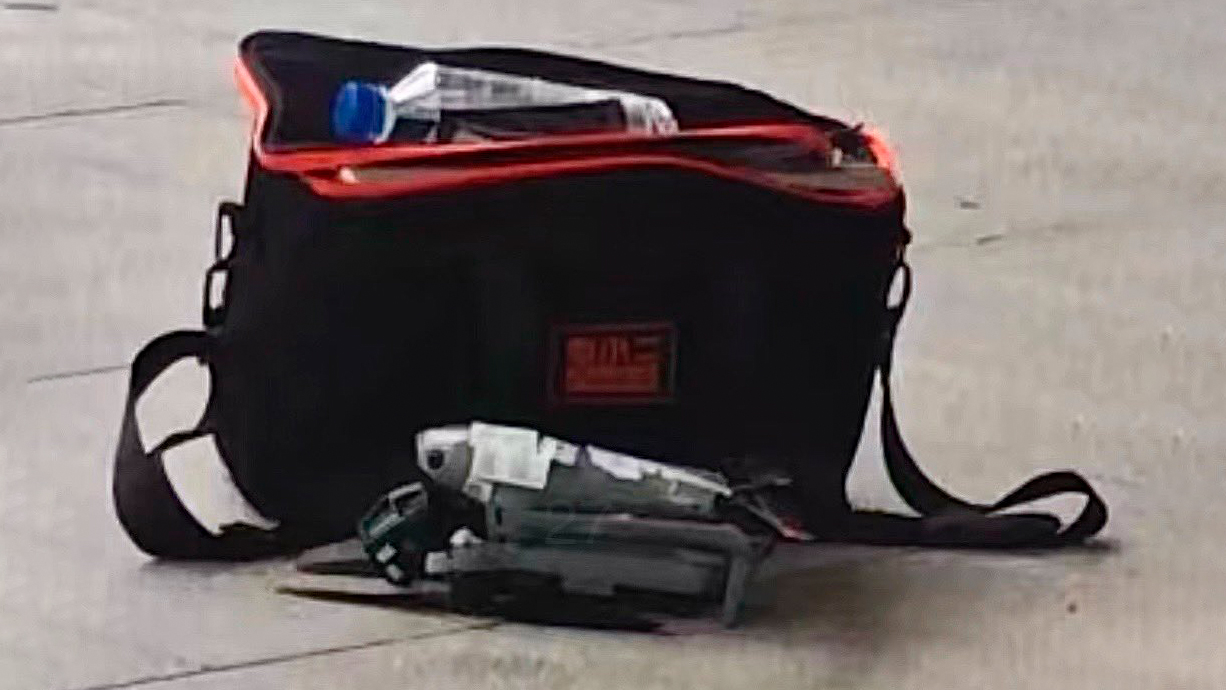
A low-quality image from a video posted by Jasper Ellens on X has surfaced online, which many suggest could be a beta tester's Mavic 4. This shows a DJI Air 3-type airframe with a larger camera, but chances are that if this is indeed a beta model, I'd bet it's a DJI Air 3S or Air 4 rather than a Mavic 4.
Following the release of the DJI Air 2S, which used a 1-inch sensor, this image could show a DJI Air 3S with a larger Four Thirds camera like the DJI Mavic 3, but without the adjustable aperture that would follow previous product cycles from DJI for the Air series. Of course, it could be a smaller, lighter Mavic 4, but the chances of this happening are slim because the Mavic and Air series drones are completely different propositions.
Whatever happens, it certainly looks like a new DJI drone is about to launch, possibly an Air 3S or Air 4 in late summer. And while the photo that has been shared suggests a new DJI Air model, that certainly doesn't mean we won't see the Mavic 4 released in the fall of this year.
DJI Mavic 4: What we want to see
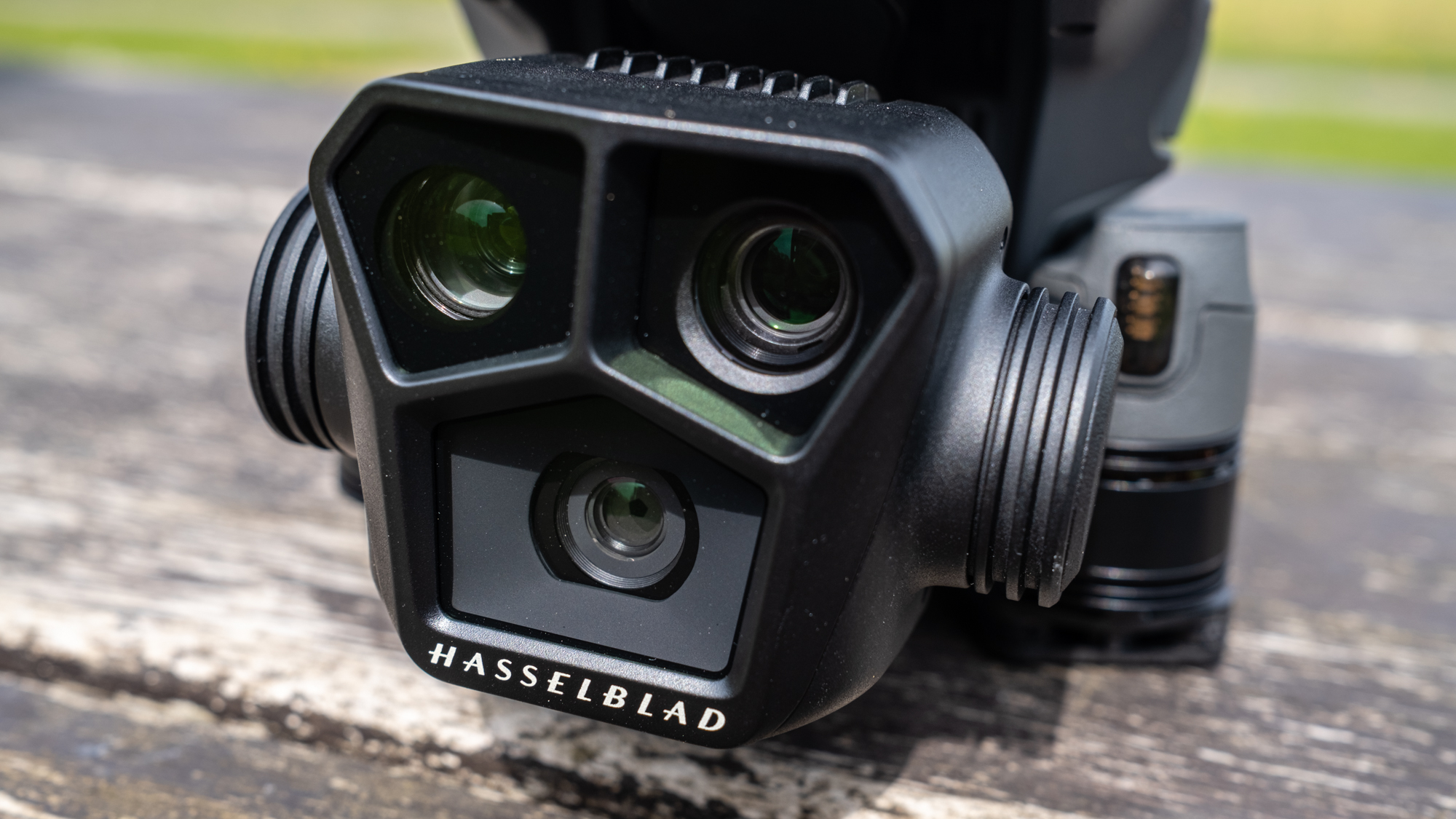
- Main camera with larger sensor
- Dual cameras
The Mavic 3 Pro is the crown jewel of the Mavic 3 line, but like most things there's always room for improvement and there are some key features we'd like to see when the Mavic 4 eventually arrives. Some may be little more than wishful thinking, but others certainly have the potential to be delivered in an improved model.
The Mavic 3’s Hasselblad main camera is fantastic, with its adjustable aperture, 20MP sensor and 24mm equivalent focal length, but a higher resolution APS-C sensor would be the next logical progression. This would also bring with it some challenges in terms of what’s possible and here we can use the DJI Air 3’s dual camera as a sort of blueprint. That drone packs two small sensors into two cameras, but a larger, more powerful Mavic 4 could take this further.
In reality, three cameras would be unlikely in this situation, so a dual-camera system with a second camera, possibly using the same sensor as the Mini 4 Pro and an optical zoom, would provide the flexibility that Mavic 3 Pro users have become accustomed to. A mechanical shutter on the main camera would also be useful for video because it would eliminate the risk of shutter shake when capturing moving subjects.
Staying within the scope of the camera, another improvement here could be an increase in the dynamic range of the sensor to help pilots capture a greater level of detail between shadows and highlights. Currently, photographers can shoot HDR to increase dynamic range, but the ability to rely less on this technique and, most importantly, give videographers the ability to capture more detail in high-contrast scenes would be invaluable.
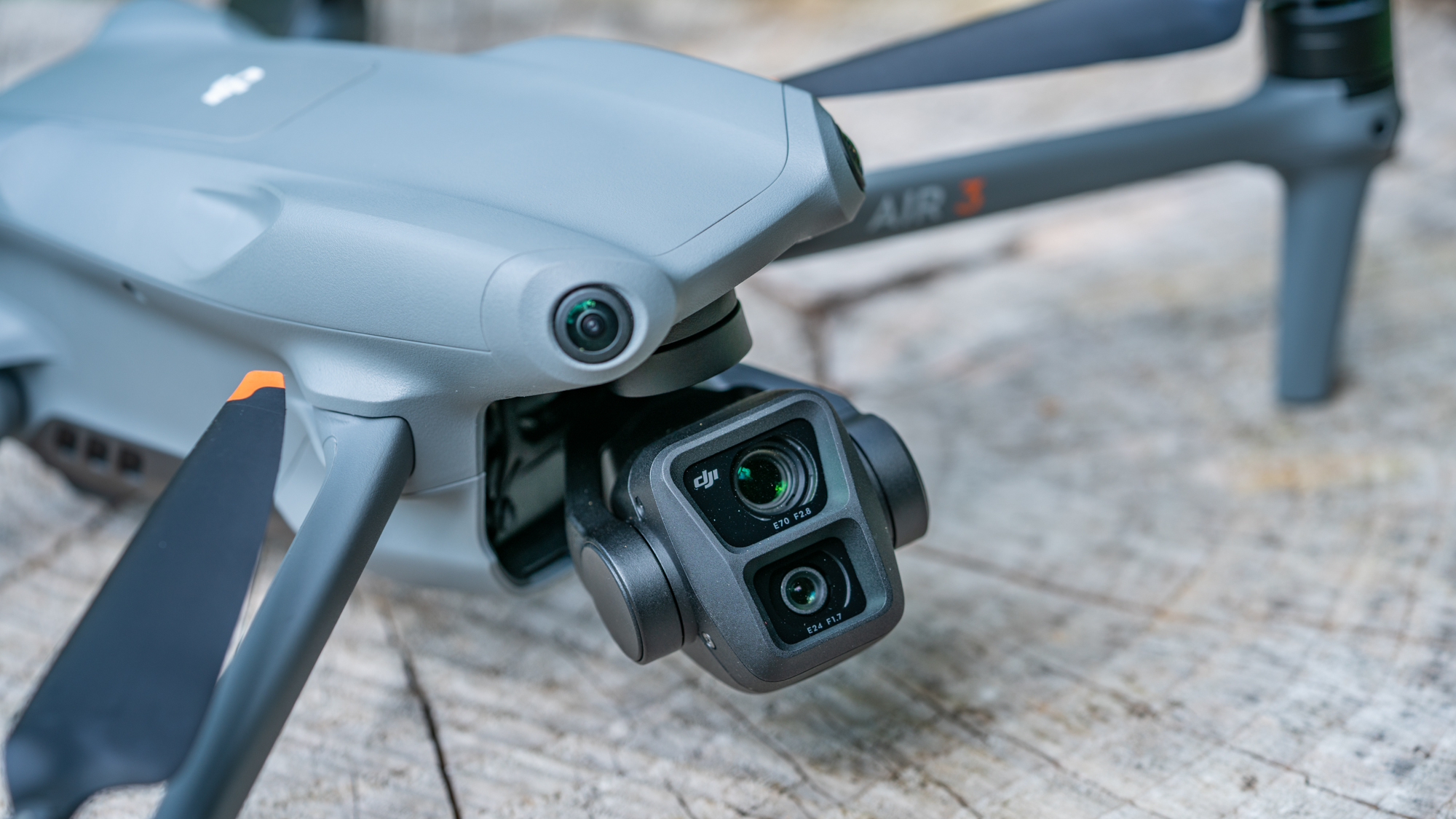
The DJI Air 3 offers vertical shooting without rotating the camera and gimbal, as do the DJI Mini 3 and DJI Mini 4 Pro models, and this would be a very welcome feature. Rotating larger gimbals has understandably been a challenge due to size and weight, so a sensor cutout like the Mini 3 is the most obvious way to include this feature with the Mavic 4.
This list could go on, but we have to be realistic about what’s possible and how many updates DJI is likely to incorporate. So the final improvement we’d like to see is an increase in flight times. Using the Mavic 3 Pro as an example and leaving aside real-world flight times, the advertised maximum flight time per battery is up to 43 minutes. This is certainly impressive, but taking it to an hour or more would be a game-changer for enthusiasts and professional pilots alike.

